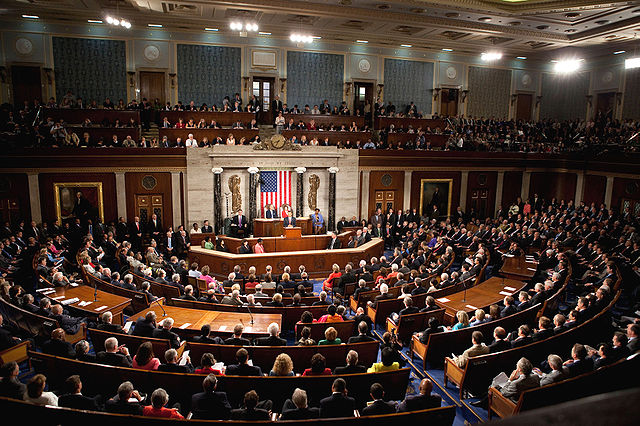Lower House vs Upper House
The distinction between Lower House and Upper House is significant in countries with a democratic form of government. Bicameral legislatures, which consist of two houses of parliament known as the Upper House and Lower House, are common in democracies worldwide. The largest democracies, the United States and India, have bicameral parliaments. In India, these houses are called the Rajya Sabha and the Lok Sabha, while in the US, they are referred to as the Senate and the House of Representatives, collectively known as Congress. The two houses of legislature have differences in functioning and powers in all democracies worldwide. This article aims to explain these differences in detail.
Key Takeaways
- Lower House members are elected directly by the population, and this house is larger than the Upper House. It plays a crucial role in the initial decision-making process and is known by different names in various countries, such as the House of Representatives in the US and the House of Commons in the UK.
- Upper House members are typically selected by political parties and are influential, wealthy, or have achieved great success in their chosen field. This house serves as a stabilizing force and is essential for certain bills passed in haste by the Lower House. It is known by different names in various countries, such as the Senate in the US and the House of Lords in the UK.
- While the Lower House members are elected directly by the electorate, the Upper House members are chosen by the members of the state legislatures. The relationship between the two houses in democracies worldwide varies, with the Upper House being more powerful than the Lower House in some places and having equal powers in others.
